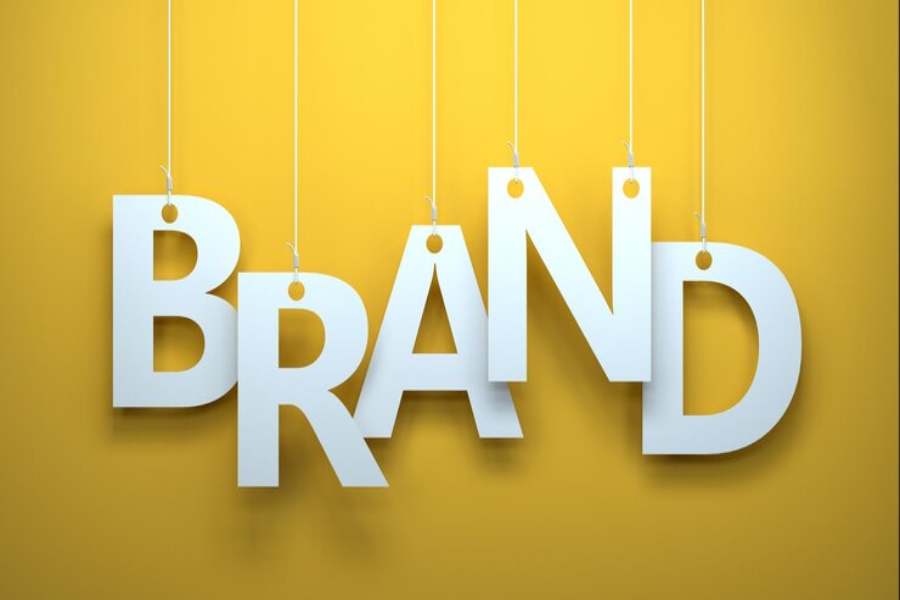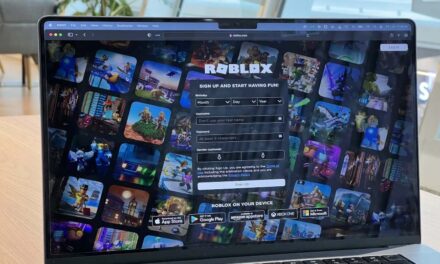You see them all the time. They are the products on grocery shelves or the restaurants you visit. You probably know their names very well. But what if the names you know changed completely?
Imagine your favorite snack or store being called something different. This happens more than you think. Many popular American brands go by completely different names in other countries. It is like they have a secret identity abroad. These naming differences often stem from trademark issues, cultural adaptations, or marketing strategies.
This blog post lists six well-known brands that might surprise you with their international identities.
Why Do Brands Use Different Names?
Brands work hard to build your trust. Their name is a major component of that trust. This is especially true for products you eat or use every day. The name helps you know what to expect.
Companies change names internationally for many reasons: trademark issues, cultural differences, or acquisitions. But regardless of what they’re called, maintaining consumer trust remains crucial. When a trusted brand fails to deliver on safety promises, consequences can be severe.
Legal challenges emerge when product trust is broken. The NEC baby formula lawsuit demonstrates how seriously consumers take brand promises. Recent updates regarding this toxic baby formula litigation show lawsuits being filed across various state and federal courts.
These lawsuits claim that premature infants contracted necrotizing enterocolitis (NEC) from certain bovine-based formulas. The manufacturers now face legal action because they allegedly failed to disclose the risks associated with their branded products. This remains true regardless of what those products are called in different markets.
Understanding why brands use different names requires handling these serious considerations. But it also leads to some fun and surprising discoveries about popular products. Let’s look at some names you might not know, starting with a burger joint.
Burger King → Hungry Jack’s (Australia)
If you ever visit Australia and crave a Whopper, don’t look for a Burger King sign. Instead, you’ll need to find a Hungry Jack’s.
This name change wasn’t just a marketing decision. When Burger King tried to expand to Australia in the 1970s, a local restaurant had already trademarked the name. Jack Cowin, the franchise owner, chose “Hungry Jack’s” from a list of alternatives provided by Burger King’s parent company.
Despite the similar logos, many Australians don’t even realize Hungry Jack’s is Burger King. Today, over 440 Aussie locations still use the name. The restaurants serve virtually identical menus, though Hungry Jack’s has developed some Australia-specific items over the years.
Lay’s → Walkers (UK) & Chipsy (Egypt)
Those yellow bags of potato chips you know as Lay’s go by many names worldwide. In the UK, they’re called Walkers. In Mexico, you’ll find them as Sabritas. Egyptians know them as Chipsy, while Israelis buy Tapuchips.
LADbible reveals that PepsiCo acquired the British company Walkers in 1989 but kept the original name because of its strong brand recognition in the UK. PepsiCo owns both brands. Despite the different names, the chips maintain the same logo, taste, and packaging. Meanwhile, Lays launched in Egypt as “Chipsy” in 1961.
Fun fact: Brits call chips “crisps,” making “Walkers Crisps” a natural fit. Moreover, it is believed that lays, aka potato chips by the Yanks, were first made in the UK.
Cool Ranch Doritos → Cool American / Cool Original
Americans love ranch dressing, but this flavor isn’t common in many countries. When Doritos wanted to sell its Cool Ranch flavor internationally, they had to get creative. The Netherlands, Sweden, Italy, Iceland, and Denmark sell these chips as “Cool American,” while the UK sells them as “Cool Original.”
This name change acknowledges that ranch dressing is seen as distinctly American abroad. Europeans aren’t familiar with ranch flavor, hence the name wouldn’t resonate. However, Yahoo mentions that the name isn’t the only different thing, even the flavor varies. European Doritos taste like corn with a hint of zest, while American tastes more intense.
Axe → Lynx (UK, Ireland, Australia, etc.)
The body spray that American teenagers know as Axe goes by a different name in several English-speaking countries. The same product is called Lynx in the UK, Ireland, Australia, China, and New Zealand.
The product was first launched as Lynx in 1985 in the UK and didn’t enter the US market until 2002. Due to trademark conflicts, it was later changed to Axe. Despite the different names, the marketing strategy remains consistent across countries, targeting young men with similar advertising campaigns.
Unilever chose the name to avoid associating with axe weapons, which could feel aggressive. Lynx became a hit, especially with its cheeky ad campaigns.
Milky Way → Mars (UK)
You probably know the Milky Way candy bar. But its name is a bit tricky across the ocean. The US Milky Way is like the UK’s Mars bar. It has caramel and a creamy nougat inside.
However, the UK’s Mars bar is different. It has a light, vanilla nougat batter. According to the brand’s website, the name came from a popular malted drink and not from a galaxy. According to HuffPost, its first slogan was “A Chocolate Malted Milk in a Candy Bar.” Despite sharing a name, the two bars are quite different, confusing travelers for generations.
Kraft Mac & Cheese → Kraft Dinner (Canada)
In Canada, Kraft Mac & Cheese isn’t just a meal; it’s a cultural icon called “Kraft Dinner” or “KD.” Initially, it was called “Kraft Macaroni and Cheese Dinner” and was later altered to “Kraft Dinner,” followed by “KD” in 2015.
This boxed pasta has achieved social icon status in Canada, with Canadians consuming more Kraft Dinner per capita than Americans. However, Mashed explains that the U.S. version tweaks KD’s recipe. It calls for 6 cupfuls of boiled water, 4 tablespoons of margarine or butter, and ¼ cup of milk.
Meanwhile, the Canadian formulation uses only 1 Tbsp of non-hydrogenated margarine and ⅓ cup milk. The water quantity remains the same. This slight recipe tweak lowers the calories in KD (960 a box) than Kraft Macaroni & Cheese (1,080 calories). However, the American variant had a richer, thicker consistency and a softer, “genuine” flavor and scent.
People Also Ask
Q. Are international versions of products the same as the US version?
Often, the products are very similar, like Lay’s and Walkers crisps. However, sometimes there are slight differences in ingredients or recipes to match local tastes or rules. Packaging might also vary, so, while mostly the same, little things can be different too.
Q. What other popular American food brands have different names overseas?
Aside from those mentioned, Hellmann’s mayonnaise also goes as Best Foods west of the Rocky Mountains. Tide detergent is called Ace in Latin America, excluding Ecuador and Panama. Even Coca-Cola’s Diet Coke sells as “Coca-Cola Light” in many European countries, reflecting different cultural attitudes about dieting.
Q. Do renamed products ever revert to their original names?
Rarely, but it happens. When Starbucks expanded to Australia, it kept its name despite local competition. Conversely, Kentucky Fried Chicken briefly rebranded to “KFC” in 1991 over “fried” health concerns. However, the brand later reinstated the full name due to customer nostalgia.
The next time you travel abroad, pay attention to familiar products with unfamiliar names. These naming differences tell interesting stories about global marketing challenges and cultural adaptations that even the biggest brands must tackle.
Whether it’s Kraft Dinner in Canada or Cool Original Doritos abroad, a name change can turn everyday products into cultural staples. Stay curious, and remember: a brand’s identity is often just the tip of the iceberg.










